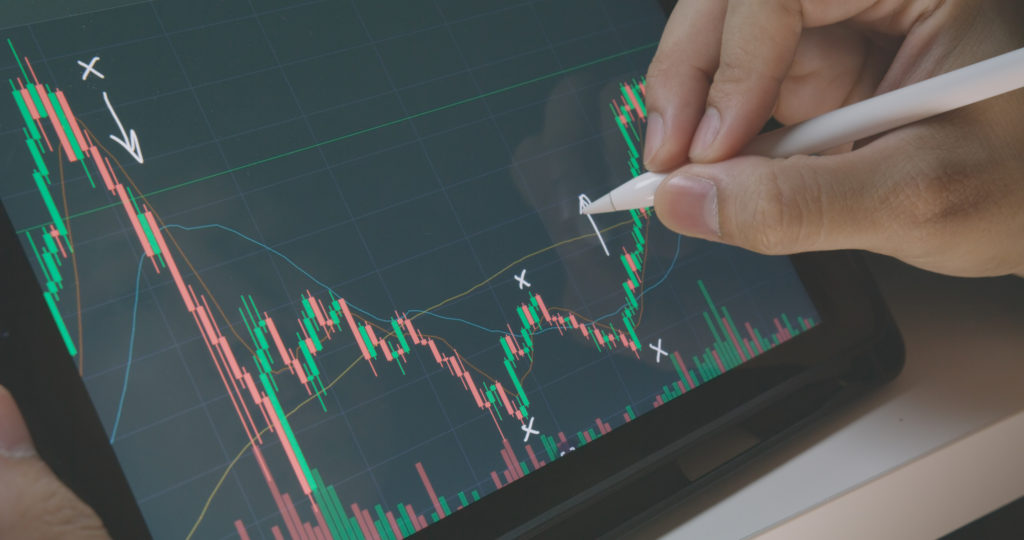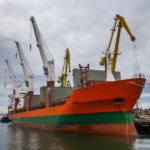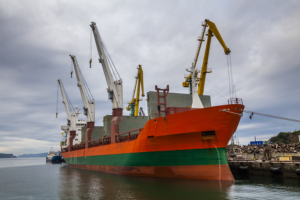There are 5 common problems of handling poor forecasting, which most logistics companies deal with. Despite the fact that forecasting methods in the supply chain have evolved, several supply chain managers do not handle these new ones. As a result, supply chain managers seem to be stuck every time disruptions appear within the global market. Are you handling poor forecasting? Keep an eye on this and learn why you should avoid them.
Poor Forecasting in Logistics
In spite of being used to inaccurate forecasting, you should be careful and try to obtain new methods. Forecasting is more than just a simple description of when things might happen. If it is integrated forecasting, it can have a record of your whole company’s performance, a record of the demand behavior, a record of your partners’ performance, and, even a record of the global economy’s performance. In other words, integrated forecasting can mix all these records and explain to you their relationship and how they affect each other. So. it is more than just describing how things may occur, it explains to you why things happened, happen, and will happen.
After the explanation of why integrated forecasting is important, you will see the 5 common problems of handling poor forecasting.
5 Common Problems of Dealing with Poor Forecasting
Irregular Demand:
Nowadays the consumer market has unpredictable behavior toward outdated methods. Demand changes its behavior as fast as global trends do. In addition, customers have different requirements and needs depending on the region they live in. Therefore, logistics businesses sometimes fail because they cannot see how they change and at what time. These misunderstandings lead them to have losses and more stock than they need.
Regional forecasting:
Sometimes you may have a wide variety of geographical distribution centers and you need to know how to group or ungroup the forecast geographically. As a result, the wrong product ends up in the wrong place. Therefore, your forecasting method has to focus on each distribution center, keeping in mind the customer behavior, customs, trends, weather conditions, economy, etc.

Unstable inventory
Poor forecasting hits inventory harder than any other part of the business. Inaccurate sales predictions or failing to anticipate surges or troughs in customer demand can lead to an undersupply or oversupply of inventory, no matter what the situation is, you can have negative consequences. On the one hand, an undersupply erodes customer confidence, reduces profits, and results in competitors filling the market gap. On the other hand, an oversupply increases inventory costs, as well as creates an imbalance between the cost of production and sales receipts. Either way, inventory problems happen because of poor forecasting, which seriously affects your business’s cash flow and profit margins.
Costs increase
Every time manufacturers underestimate demand, they are causing an increase in costs while they secure their rapid supply of raw materials. If the materials or components necessary for manufacturing are not pre-ordered, and a surge in demand means the production line needs to step up, a business may have no choice but to pay additional fees to ensure their timely delivery or else risk losing profitable orders altogether. Accurate forecasting would anticipate the likely demand for a product so that a manufacturer could obtain the appropriate number of raw materials at the most cost-effective price.
Variety of products
Forecasting problems are common when the variety and quantity of items exceed the rational management of systems, scheduling tools, and spreadsheets, exposing the company to inventory level imbalance. Because of the lack of accurate forecasting, companies sometimes produce products that are unnecessary, and the other way around, they do not produce what they should.
Forecasting is more than just knowing when things might happen, is also understand why things happen Click To TweetAfter all these inconveniences that poor forecasting brings to your supply chain flow, you must consider starting to look for new methods to obtain better results. You will also understand better how your supply chain and the global market work. In addition, you will also get to know your consumers and what they need. Therefore, try to apply business intelligence to your supply chain forecasts and start getting better results. If you do not know how to, you can learn it here.


















